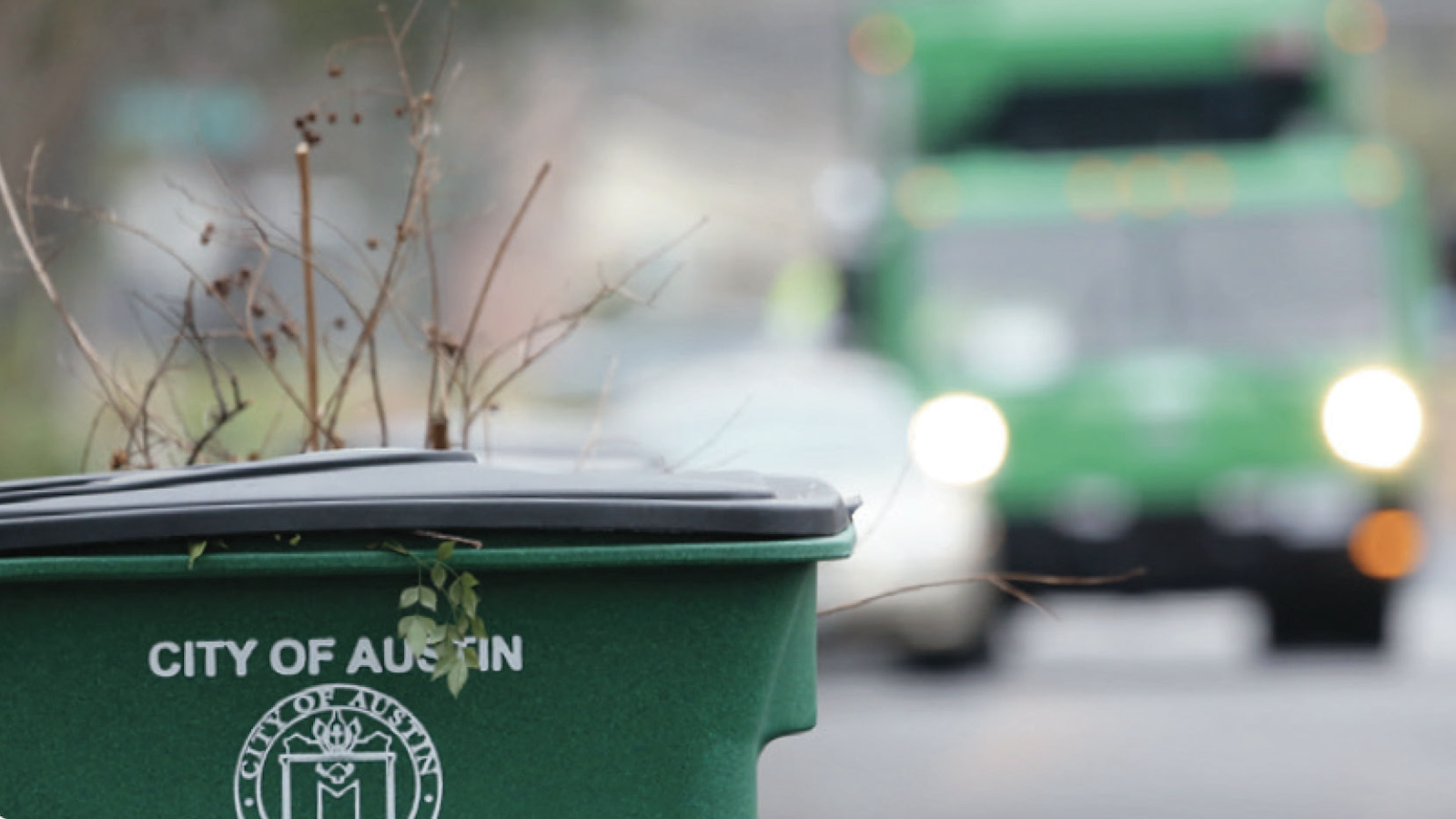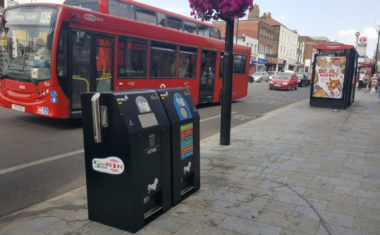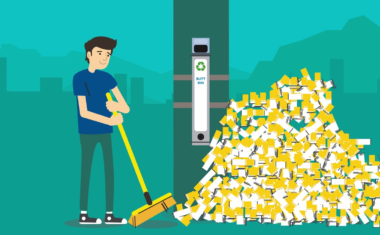Curbside Organics Collection
- 6
- 7 min to read

About the city. Austin has a zero waste goal to divert 90 per cent of materials from landfills by 2040.
Goal
The aim of the project is to cut down on the amount of food scraps being sent to Austin’s landfills.
Implementation period. The Curbside Composting Collection Program launched as a pilot in 2013. ARR expanded the pilot in 2017.
Fact
- In a 2015 Community Diversion Study, the city found that 37% of all material going to landfill is organic material that could be used better, for example, donated or composted.
- It takes 1,000 years to create 3 centimetres of topsoil, and the UN’s Food and Agriculture Organization reported in 2014 that at the current rate of degradation, all of the world’s topsoil will be lost in the next 60 years. The use of compost reduces soil loss by at least 86%.
Solutions
The program collects food waste, yard trimmings, food-soiled paper, and natural fibres and turns them into nutrient-rich compost. Because materials are processed in commercial composting facilities, extremely high temperatures are reached, allowing Austinites to compost products such as meat, dairy, seafood, and bones that normally cannot be composted in the backyard.
Residents must put all compostable items in their green compost cart provided by the city, and then tame the cart to the curb on the designated collection day.
To collect compostable material before the day of collection, residents can put the material into a kitchen trash bin or use certified Biodegradable Products Institute bags that are compostable and then place the bags in their green cart.
In previous years, ARR has offered in-person open home events, giving new curbside composting customers the opportunity to learn about the program, learn how to use the service, and get free resources to start composting.
In 2020, to adhere to the COVID-19 safety guidelines, the City held a virtual town hall and delayed the opportunity to distribute free kitchen collectors and compostable bags until it is safe for both customers and staff.
Customers included in this year’s curbside composting expansion (2021) were sent a notification in early January notifying them of their new service and inviting them to participate in a virtual town hall at the end of January.
Customers can search for their address using the Austin Recycles app and My Schedule tool at austinrecycles.com to see when their first collection will be available.
Composting curbs can also help Austin residents to save money on the utility bill. Once they put the leftovers and food-soiled paper in their green carts, customers are more likely to have less trash each week. This can allow them to reduce the size to a smaller and less expensive trash cart.
Challenges
- Participation among the initial set of households has been weak, with less than 30% sending out one of the green 96-gallon carts each week.
However, the city is moving forward as part of its efforts to divert waste from landfills. And they have been successful in this goal, as special organic collection routes collect about four pounds more – or nearly 40% -of compostable material each week than routes that collect only yard-trimmings, which is also compostable.
- In addition, one of the challenges is the “ick factor”.
For example, Catherine Weitzenkorn, a homeowner on Singleton Avenue in East Austin, a neighbourhood covered by the pilot program, said she supports the composting program but temporarily stopped disposing of food waste last summer because the cart attracted flies.
A few houses down, Santiago Rodriguez’s green cart was parked in the driveway, and his grey trash cart and blue recycling cart stood neatly by the curb. He said he didn’t have enough leftovers and food waste to make the cart worthwhile.
City officials said participants can tamp down odours and sliminess by layering food waste and yard trimmings to absorb moisture; sometimes washing the cart with mild soap and water, and sprinkling baking soda into the cart to help control odours.
Team
Austin City Council, Austin Resource Recovery (ARR)
Timeline
- The city collected 1,825 tons of organic materials through the program in 2013.
- By the beginning of 2021, about 152,000 homes receive the curbside composting collection service.
If you notice an error or inaccuracy in our editorials, please email [email protected] so we can look into it.






